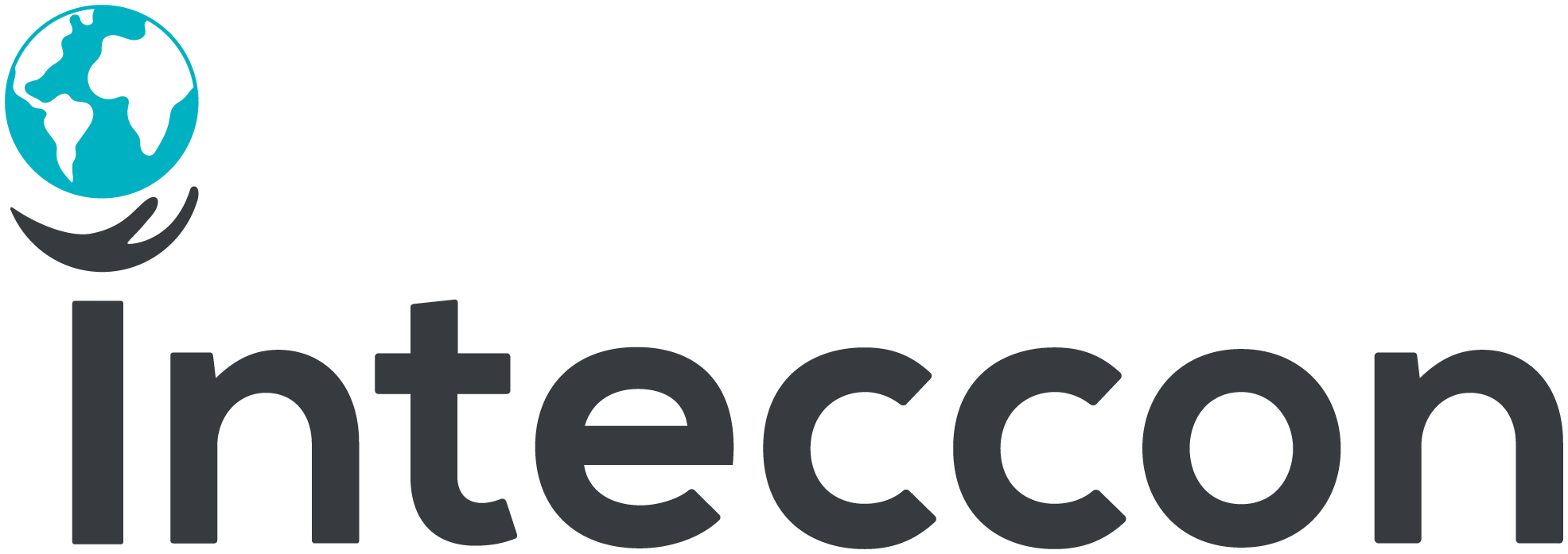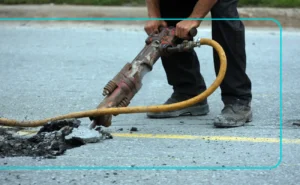1. From snapshots to streams: AI-powered monitoring will replace periodic checks
Relying on periodic measurements in dynamic industrial environments is like checking the weather once a week—it leaves too many blind spots.
The shift toward AI-powered, continuous monitoring systems is already underway. These smart technologies analyze vibration and noise exposure in real time and alert safety managers instantly when thresholds are breached.
Why it matters:
- Immediate insights enable rapid protective actions
- Dynamic adjustments in processes, staffing, and machine use
- Automatic documentation to ensure regulatory compliance
Expect regulators like OSHA and MSHA to push for continuous data streams over periodic logs. Real-time data will become the new baseline.
2. Wearable tech will drive personalized exposure control
Safety is becoming personal. Instead of depending solely on ambient measurements, industrial workers will wear smart sensors that track individual noise and vibration exposure throughout their shift.
These devices will sync to centralized dashboards, offering:
- Real-time alerts when personal exposure limits are approached
- Customized break schedules based on cumulative exposure
- Actionable data for compliance teams
This approach forces companies to move beyond “safe zones” to individual-level risk management—a game-changer for high-risk sectors like construction, mining, and manufacturing.
3. Compliance will shift from reactive to predictive
Modern noise and vibration monitoring isn’t just about collecting data—it’s about anticipating risk.
Using machine learning and historical exposure data, safety managers will forecast when and where exceedances are likely to occur.
Predictive models will:
- Flag failing equipment before it causes unsafe conditions
- Allow scheduling of high-risk tasks during low-exposure windows
- Reduce false alarms and improve resource allocation
In the coming years, failing to predict exposure events may be considered a compliance failure on its own.
4. Smart infrastructure will become part of the safety system
Workplaces will no longer treat noise and vibration control as “add-ons.” The future lies in buildings and machines that adapt automatically.
Picture manufacturing plants where walls absorb sound dynamically or floors reduce vibration in real time. These smart environments will:
- Improve working conditions without reducing efficiency
- Minimize the need for retrofits and noise-canceling hardware
- Communicate directly with monitoring systems
In the next generation of industrial design, noise and vibration mitigation will be built-in—not bolted on.
5. Global compliance standards will converge
The days of navigating inconsistent international standards are numbered.
As global supply chains grow more interconnected, regulatory convergence will drive universal standards for workplace exposure to noise and vibration.
Impacts will include:
- Multinationals adopting the highest-standard protocols globally
- Increased pressure on SMEs to modernize their monitoring systems
- Real-time audits and data-sharing across borders
Companies that invest now in robust, future-ready monitoring systems will be prepared for both local audits and global scrutiny.
Conclusion
The rise of real-time, personalized, and predictive noise and vibration monitoring signals a new era of industrial responsibility. For companies that truly value employee health and operational excellence, this is not just about avoiding penalties—it’s about leading the way.
Are you ready to protect what matters most?


